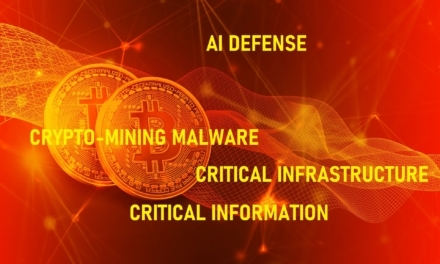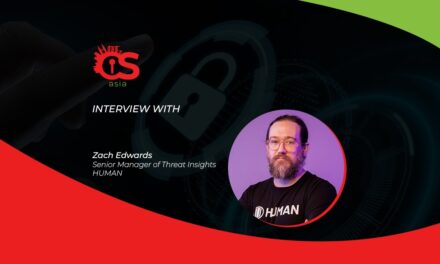How should businesses improve their security posture to protect their digital assets in the cloud?
The growth of the cloud computing market in South-east Asia is massive and is predicted to reach US$40.32 billion by 2025 as a result of increased demand for cloud computing among enterprises of all sizes.
Recent high-profile attacks and breaches also put the spotlight on the security of data assets in the cloud. What must businesses do to improve their security posture and protect their digital assets?
Gibu Kurian Mathew, Vice President & General Manager (Asia Pacific), ManageEngine and Zoho.com who has worked around the world implementing intelligence-driven platforms to help companies against advanced attacks and threats, shares his expertise and insights on this subject with CybersecAsia.
Is automating basic IT and security operations processes the key to improving cybersecurity?
Gibu: Automating basic IT and security operations is crucial because businesses are increasingly using cloud solutions and mobile devices to get their work done, and this increased connectivity exposes users to cyberthreats around the clock.
Using manual mechanisms to secure corporate networks is tedious and not always effective; one reason for this is that the perimeter of corporate data has expanded with technologies like mobile devices that extend beyond the physical walls of a business.
As the tenacity of cyberattacks has increased, implementing newer technologies like artificial intelligence (AI) is vital for securing any IT environment.
Does enabling machine learning provide organizations with a more secure posture?
Gibu: Machine learning (ML) empowers machines and software to do what they do best—perform repetitive tasks. ML solutions can help secure and identify threats in a network more effectively than humans because they work persistently and meticulously to accomplish a given task, such as scanning for anomalous behavior.
With AI capabilities continuously evolving, improved accuracy in identifying security threats and enhancing corporate security is inevitable.
What security measures can they implement especially now that businesses transform in a cloud environment?
Gibu: Due to the popularity of the cloud, data is more mobile and users consume data through more endpoints. Data is now crossing boundaries in ways that might not have been anticipated in the past. Businesses should ensure that all endpoints are covered in their security strategy, including common and often ignored components like web browsers, as these are endpoints that can be exploited as a gateway into the corporate network.
Security measures for hybrid, public, and private cloud environments should also be addressed. This is important, as some organizations may traditionally depend on tools and practices meant for a more controlled on-premises environment that has by design less exposure to external attacks. Problems that arise within the increasingly popular cloud architectures may have multi-dimensional impacts, so organizations that embrace the cloud need enhanced systems in place to provide optimum security.
How can businesses align their security architecture to overall goals and objectives?
Gibu: Businesses can organize their security architecture by aligning all major elements involved in the security context—data, people, technology, and processes. One of the important ways to align these components is through automation, as this ensures a stronger foundation for developing other projects effectively.
Secondly, robust user education efforts will strengthen the weakest link, people, to ensure the overall goals and objectives of the business are met.
Thirdly, with improvements in ML and AI that help in automating security operations, there is a pressing need for a unified approach to security, as these technologies are only as credible as the data they process. This means organizations have another incentive to include higher levels of digitalization in their processes to facilitate this approach.
Putting all these in context, a security breach can have a huge impact on a company’s brand and financial health. A formidable security posture is imperative for business success.
Where do vulnerabilities of legacy solutions come from, and how do companies solve these?
Gibu: Legacy solutions are built with use cases based on an older way of how people communicate and work with business tools. It was based on practices that had less exposure to external threats by design.
However, thanks to digital transformation, adoption of cloud computing, Internet of Things, AI and other technologies that need data to be accessible for processing, legacy solutions are laden with computing, storage, and networking challenges that can create security gaps.
One of the approaches to resolve this is to have a centralized security solution that unites network, endpoint, and data security into one platform. This should then contextually integrate with solutions like log monitoring and advanced analytics, to enable meaningful inferences and quicker remedies in this modern threatscape.





















